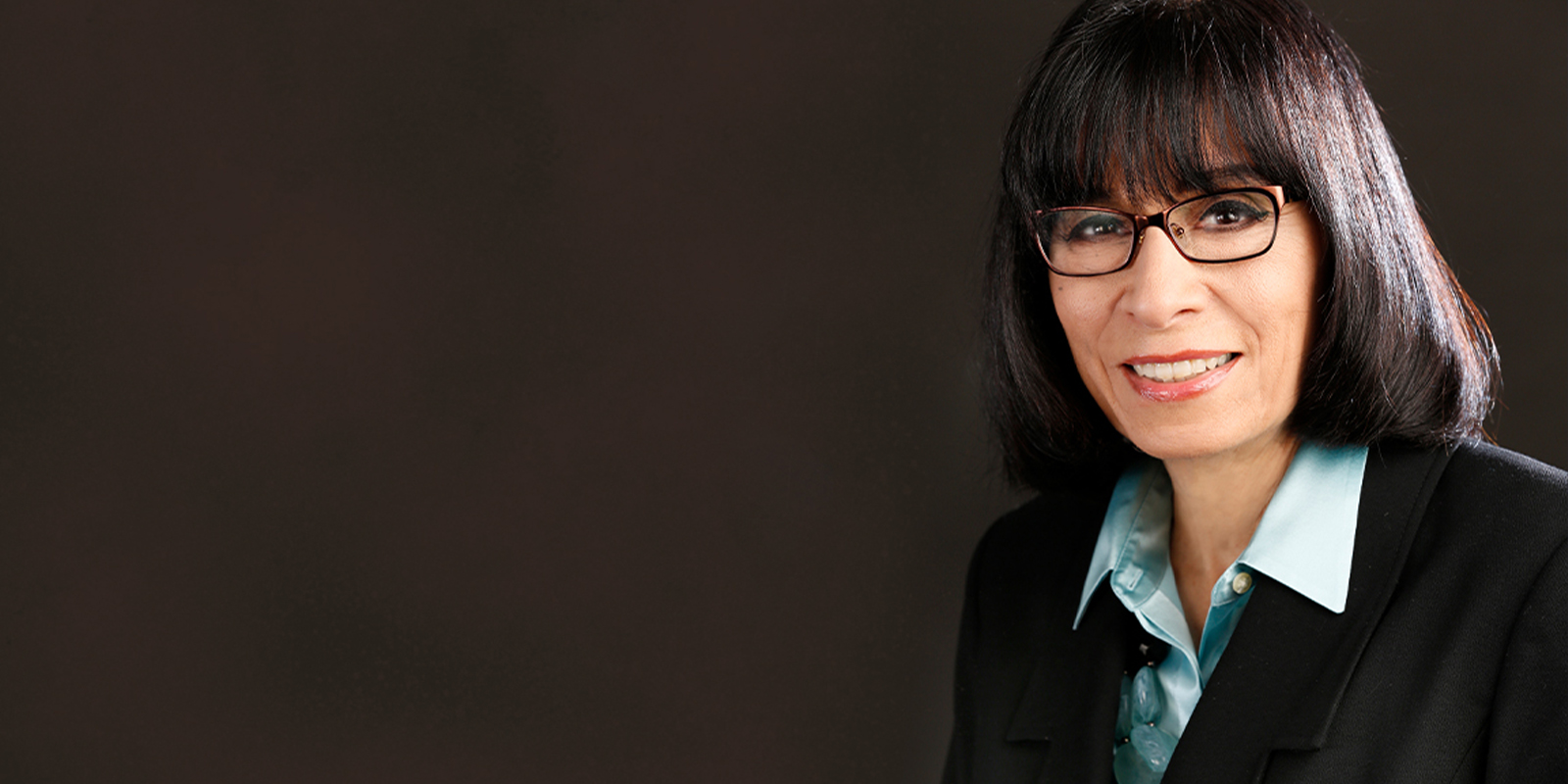SHARE: When I started to work as a consultant for the National Association of State Boards of Accountancy in 1977, it had two full-time employees and was housed in one office within the American Institute of CPAs’ New York City location. On February 12, 2021, when I retire as a vice president and this newsletter’s editor-in-chief, I leave NASBA having over 130 employees and occupying three floors of an office building in Nashville with additional offices in New York City and Tamuning, Guam. As impressive as that may be, to me NASBA’s outstanding feature is not its growth, but its continuing to be a grassroots organization. It encourages volunteers from across the nation to speak up and share their recommendations for keeping regulation effective. Before starting with NASBA, I worked for the AICPA, and my colleagues included some outstanding people who are still leaders of the profession; however, AICPA did not have staff working remotely when I gave birth to my son — so I resigned. Then Journal of Accountancy Editor-in-Chief William Doherty recommended me to NASBA’s first full-time Executive Director William Van Rensselaer to help with the NASBA newsletter. I have now edited over 500 issues of the State Board Report. When I started writing that newsletter, its content was mainly information about the AICPA. Today, NASBA has multiple newsletters, filled with information about its own activities. Since 1993, I have had the privilege of working full-time for the three succeeding NASBA Executive Directors/Presidents: James Thomashower, David Costello and Ken Bishop. Each brought something different to their post, and I learned from all of them. And, of course, there was Lorraine Sachs, who remains the involved NASBA Vice President Emerita, and a fantastic mentor. Having earned my continuing admiration are NASBA’s many volunteers who showed they had the independence to question, the intelligence to learn, and the courage to speak up. The list of those volunteers’ names could go on for pages. One of the benefits of my time with NASBA has been working with people who live in different parts of the country. I graduated from Brooklyn College, then from Boston University’s School of Public Communication, and have lived most of my life in the New York City metro area. But through NASBA, I have regularly exchanged ideas with folks from places like McCook, NE, Christiansted, VI, and Medford, OR. For everyone who is involved in NASBA, it offers that opportunity to be part of its nationwide forum. What I have seen is that the accounting profession faces certain issues regularly. When there is a financial disaster, one of the first questions raised by the media and legislators is: “Where were the auditors?” Then we hear about the “expectation gap” – what the public expects the profession is doing as compared to what the profession is providing. The International Auditing and Assurance Standards Board is presently studying that topic again and NASBA’s letter in response can be found on its website. Every so often the profession’s standard-setters and the State Boards are criticized for being “the fox guarding the hen house.” How much can those who make a living from the profession also be trusted to guard the public from their own incompetence or their clients’ fraud? How rigorous are peer reviews: Are reviews by other bodies (such as the PCAOB) the only true way to measure quality of practice? The NOCLAR debate continues to raise the issue of how much “client confidentiality” should be valued over reporting to regulatory authorities or other auditors when the public may be at risk. Then there are the technology issues that keep arising. When I started to work for the AICPA in 1969 on a magazine called Management Adviser, a current topic was: “Can we work around the computer, or do we need to go through it?” Now a similar question is: “How much can CPAs depend on IT staff and how much does the CPA need to know him/herself?” The marketplace continues to change the requirements. As for achieving diversity, that has been a goal of the CPA profession since I first stepped into the AICPA. When I started, the number of women in accounting classes was small and the opportunities for them upon graduation were limited. Progress for other groups is coming too. Writing about the accounting profession has never been boring, as it has continued to evolve, but it is time for me to turn to other projects. Please continue to work with NASBA and use your voice for the “public” in CPA. Keep those productive conversations going. Shalom, — Louise Dratler HabermanEditor-in-Chief Vice President – Information & Research |

